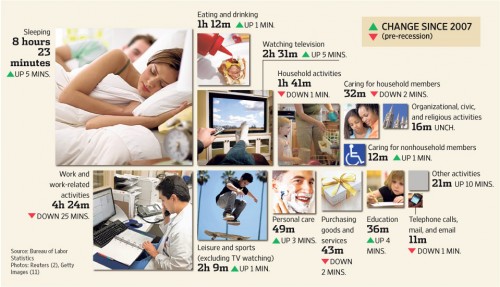The U.S. economy is in trouble and that means trouble for the world economy.
According to a United Nations Conference on Trade and Development report, “Buoyant consumer demand in the United States was the main driver of global economic growth for many years in the run-up to the current global economic crisis.”
Before the crisis, U.S. household consumption accounted for approximately 16 percent of total global output, with imports comprising a significant share and playing a critical role in supporting growth in other countries.
…as a result of global production sharing, United States consumer spending increas[ed] global economic activities in many indirect ways as well (e.g. business investments in countries such as Germany and Japan to produce machinery for export to China and its use there for the manufacture of exports to the United States).
In short, a significant decline in U.S. spending can be expected to have a major impact on world growth, with serious blow-back for the United States.
There are those who argue that things are not so dire, that other countries are capable of stepping up their spending to compensate for any decline in U.S. consumption. However, the evidence suggests otherwise.As the chart below (from the report) reveals, consumption spending in the U.S. is far greater than in any other country; it is greater than Chinese, German, and Japanese consumption combined.

Moreover, there is little reason to believe that the Chinese, German, or Japanese governments are interested in boosting consumer spending in their respective countries. All three governments continue to pursue export-led growth strategies that are underpinned by policies designed to suppress wage growth (lower wages = cheaper goods = stronger competitiveness in international markets). Such policies restrict rather than encourage national consumption because they limit the amount of money people have to spend.
For example, China is the world’s fastest growing major economy and often viewed as a potential alternative growth pole to the United States. Yet, the Economist reveals that the country’s growth has brought few benefits to the majority of Chinese workers.

According to the U.S. Bureau of Labor Statistics, despite several years of wage increases, Chinese manufacturing workers still only earn an average of $1.36 per hour (including all benefits). In relative terms, Chinese hourly labor compensation is roughly 4 percent of that in the United States. It even remains considerably below that in Mexico.
Trends in Germany, the other high-flying major economy, are rather similar. As the chart below shows, the share of German GDP going to its workers has been declining for over a decade. It is now considerably below its 1995 level. In fact, the German government’s success in driving down German labor costs is one of the main causes of Europe’s current debt problems — other European countries have been unable to match Germany’s cost advantage, leaving them with growing trade deficits and foreign debt (largely owed to German banks).

The Japanese economy, which remains in stagnation, is definitely unable to play a significant role in supporting world growth. Moreover, as we see below, much like in the United States, China, and Germany, workers in Japan continue to produce more per hour while suffering real wage declines.

For a number of years, world growth was sustained by ever greater debt-driven U.S. consumer spending. That driver now appears exhausted and U.S. political and economic leaders are pushing hard for austerity. If they get their way, the repercussions will be serious for workers everywhere.
Our goal should not be a return to the unbalanced growth of the past but new, more stable and equitable world-wide patterns of production and consumption. Achieving that outcome will not be easy, especially since as the United Nations Conference on Trade and Development’s World Investment Report 2011 points out, transnational corporations (including their affiliates) currently account for one-fourth of global GDP.Their affiliates alone produce more than 10 percent of global GDP and one-third of world exports. And, these figures do not include the activities of many national firms that produce according to terms specified by these transnational corporations. These dominant firms have a big stake in maintaining existing structures of production and trade regardless of the social costs and they exercise considerable political influence in all the countries in which they operate.













